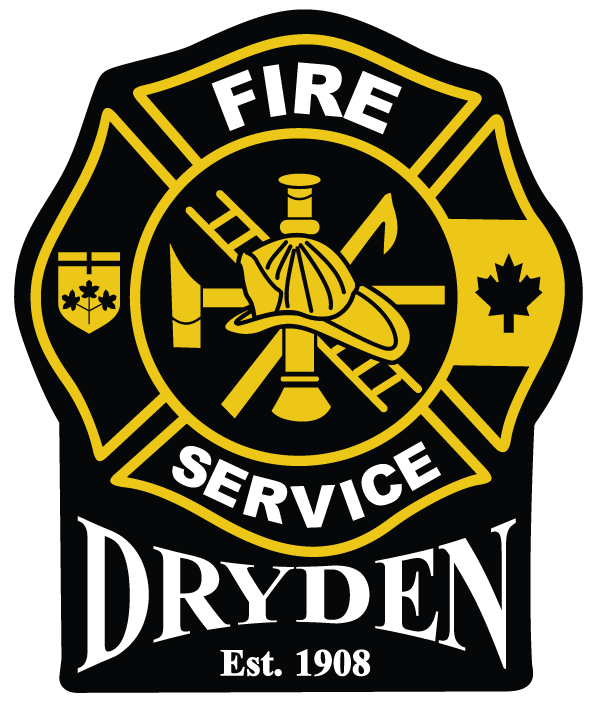Where Do the New Requirements Apply?
The updated requirements apply to all existing homes that have any of the following:
- A fuel-burning appliance (like a furnace, water heater, or stove that uses natural gas, propane, oil, or wood).
- A fireplace. An attached garage.
- Effective Jan 1, 2026: Air for heating that comes from a fuel-burning appliance not contained within the home (e.g., an appliance in a utility shed).
Common types of homes include:
• Detached or Semi-Detached Houses • Townhouses • Cottages
Where Must CO Alarms Be Installed?
If your home meets any of the conditions above, you must install a CO alarm in these two
locations:
- Adjacent to each sleeping area (near all bedrooms).
- Effective Jan 1, 2026: On every storey (floor) of your home, including storeys that do\not have a sleeping area.
Who is Responsible for Compliance?
- In Owner-Occupied homes, the Homeowner is responsible for complying with the CO alarm requirements in the Fire Code.
- In Rental Homes, the Landlord is responsible for complying with the CO alarm requirements in the Fire Code.
